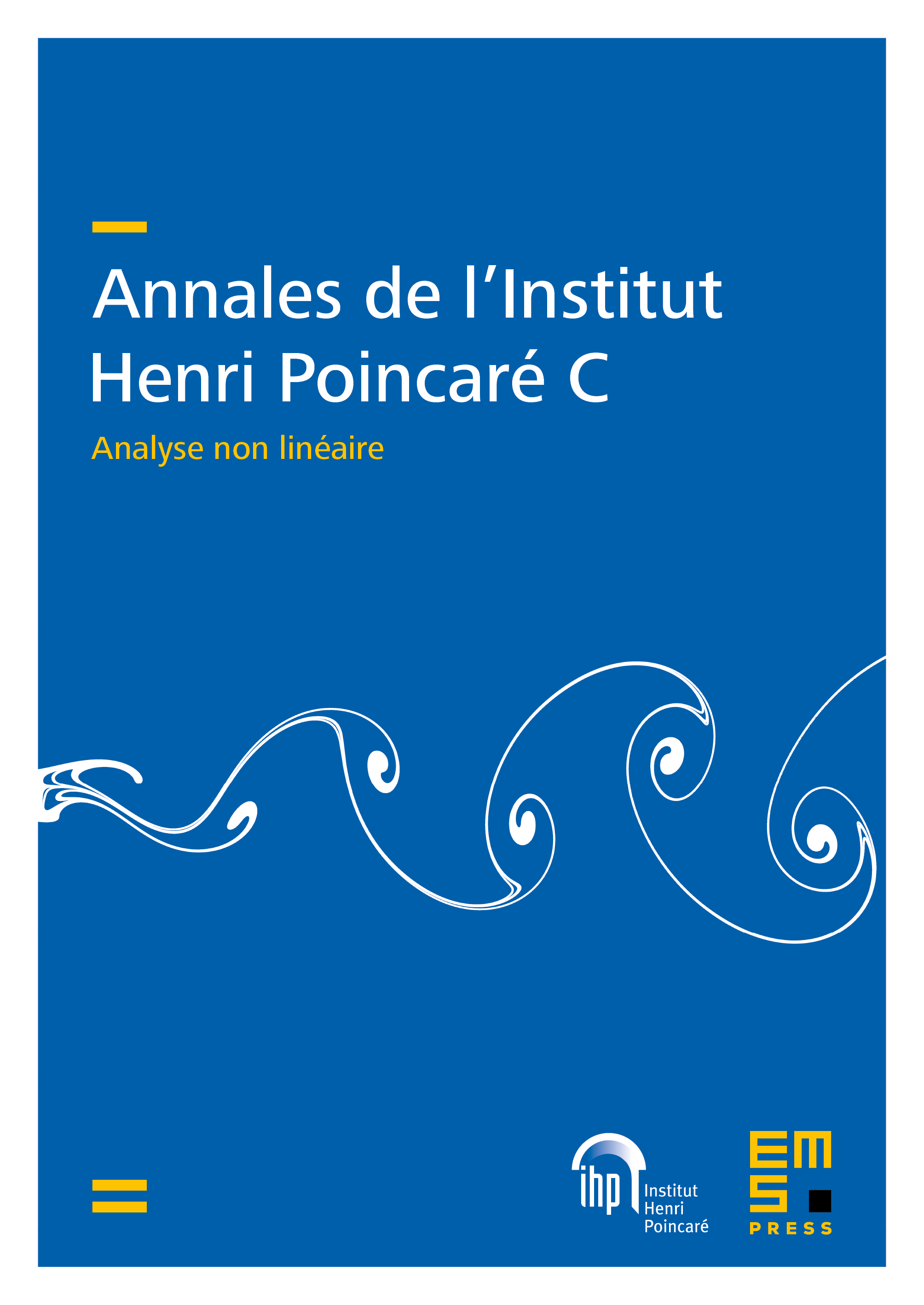On the sharp scattering threshold for the mass–energy double critical nonlinear Schrödinger equation via double track profile decomposition
Yongming Luo
Technische Universität Dresden, Germany

Abstract
The present paper is concerned with the large data scattering problem for the mass–energy double critical nonlinear Schrödinger equation in with , referred to as DCNLS. In the defocusing–defocusing regime, Tao, Visan and Zhang showed that the unique solution of DCNLS is global and scattering in time for arbitrary initial data in . This does not hold when at least one of the nonlinearities is focusing, due to the possible formation of blow-up and soliton solutions. However, precise thresholds for a solution of DCNLS being scattering were open in all the remaining regimes. Following the classical concentration compactness principle, we impose sharp scattering thresholds in terms of ground states for DCNLS in all the remaining regimes. The new challenge arises from the fact that the remainders of the standard - or -profile decomposition fail to have asymptotically vanishing diagonal - and -Strichartz norms simultaneously. To overcome this difficulty, we construct a double track profile decomposition which is capable of capturing the low-, medium- and high-frequency bubbles within a single profile decomposition and possesses remainders that are asymptotically small in both of the diagonal - and -Strichartz spaces.
Cite this article
Yongming Luo, On the sharp scattering threshold for the mass–energy double critical nonlinear Schrödinger equation via double track profile decomposition. Ann. Inst. H. Poincaré Anal. Non Linéaire 41 (2024), no. 1, pp. 187–255
DOI 10.4171/AIHPC/71